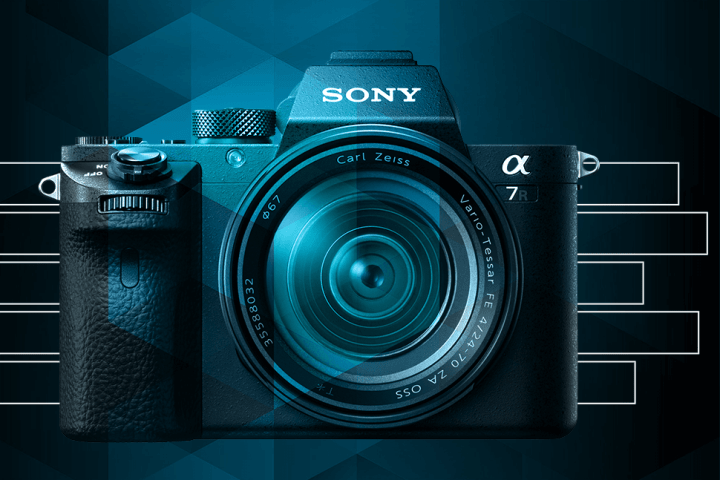
 Winner
Winner
Sony A7R II
We knew, when we first put this camera up to our eye, that it’d be our camera of the year. Version after version, Sony continues to churn out impressive shooters in its A7-series of mirrorless full-frame cameras, but the A7R II, and the technology that Sony managed to cram inside the compact (for a full-frame camera, that is) body, deserves recognition and respect.
Let’s start with the 42.4-megapixel full-frame sensor; it isn’t the highest you can find (that honor goes to Canon EOS 5DS and 5DS R), but it’s close. What’s unique is that it’s the world’s first back-illuminated full-frame sensor, which is designed to gather more light and, therefore, produce sharper images with more detail. The photos we shot with this camera certainly back up the claim. But the A7R II is also adept at low-light photography, and we had good results up to ISO 64,000; the camera can reach as high as 102,400, which most users will rarely go up to, but, hey, it’s there if you need it.
The camera also has 5-axis image stabilization (compensating shakes when handholding the camera, especially in low-light situations) and pro-level 4K movie capture, just to name a few of the many features. Perhaps the most talked-about spec is the ability to autofocus certain Canon lenses, using an adapter. This means existing Canon users could add the A7R II to their camera arsenal, or (gasp!) move over to Sony entirely.
We played with several great interchangeable lens cameras this year (Samsung’s NX500, Olympus Air, the aforementioned Canons, Panasonic G7, as well as Sony’s A7 II and A7S II to name a few), but the A7R II impressed us with its rich features, fantastic tech, and terrific full-frame videos and photos. Pricey? Yes, but it’s an all-around camera that will last a long time. Let’s see how Sony tops this one next year.
Runners up
Ricoh Theta S

While 360 panoramic photography isn’t new, it has never been easy to create. Ricoh’s Theta camera changes all that, with just one button press. What makes the Theta cool is that it takes a full spherical picture – almost nothing is lost. The new Theta S improves upon the original with a better sensor, brighter lenses, and an improved app. Watch this space: As virtual reality headsets and Cardboards pick up steam, 360-degree cameras like the Theta S could play a big role in user-created content.
Periscope

As phones have become our always on, readily available cameras, we are taking a slight detour and giving props to Periscope, Twitter’s live-streaming app. While Periscope isn’t the first to do live broadcasting from a phone, we could argue that it’s first to get a mainstream following. Periscope has become a new tool for citizen journalism, and it could change how breaking news is delivered and received.
 Winner
Winner

